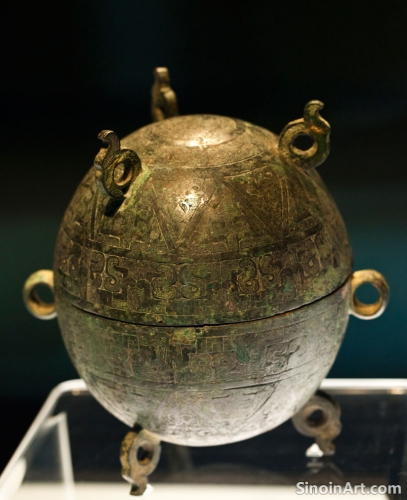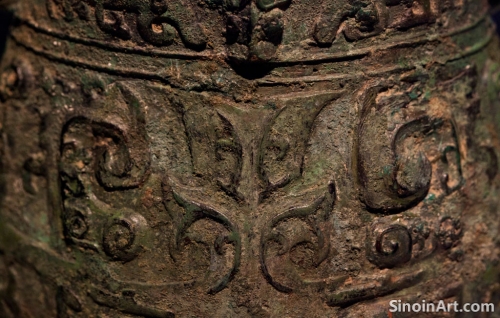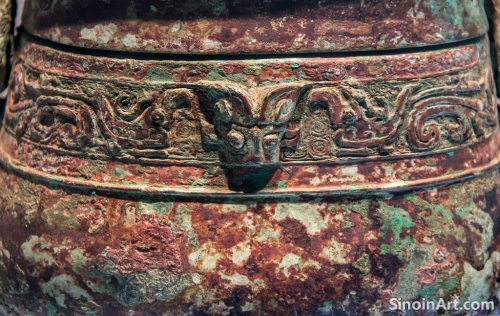The Use of Bronze in Ancient Chinese Maritime Navigation: Compass Design and Directional Tools
|
While often associated with land-based trade and warfare, bronze also played a crucial role in the development of ancient Chinese maritime navigation, used to create compasses, sighting devices, and other navigational tools that were essential for long-distance travel, and demonstrating the technical skill and innovative thinking of the time. The development of these bronze tools was essential to the expansion of Chinese influence throughout the Pacific and Indian Oceans.  Bronze was used to create compasses, which were essential for determining direction at sea, with early designs employing the use of lodestones and other magnetic materials, all housed in precisely crafted and carefully weighted bronze containers. The use of bronze allowed for the creation of more accurate and more reliable instruments.  Bronze was also used to create sighting devices and astrolabes, which were employed by navigators to determine their position, based on the positions of celestial bodies. These precise and durable tools allowed for a more accurate form of long distance sea travel. The combination of technical skill and a thorough understanding of the night sky helped to make these tools a key element of ancient Chinese maritime technology.  The use of bronze in navigation tools reveals the important connection between technology, practical application, and the spirit of exploration in ancient China. The study of these instruments provides valuable insight into the scope and sophistication of ancient Chinese maritime practices. The blend of art and science in the creation of these instruments is a hallmark of ancient Chinese ingenuity. |
Tag : bronze navigation, Chinese compass, maritime tools, ancient seafaring, direction finding
Related information
- The Impact of the Silk Road on the Styles and Techniques of Chinese Bronze Ware
- The Use of Bronze in Ancient Chinese Warfare: Fortification and Siege Technology
- Bronze Ware and the Representation of Power in Ancient Chinese Royal Tombs: Scale, Detail, and Symbolism
- The Use of Bronze in Ancient Chinese Religious Practices: Temple Offerings and Sacred Spaces
- The Use of Bronze in Ancient Chinese Ritual Practice: Beyond Vessels and Symbols
This article explores the impact of the Silk Road on Chinese bronze ware, highlighting the introduction of foreign motifs, new techniques, and how the exchange of goods and ideas shaped the styles and forms of bronze artifacts in ancient China.
This article explores the use of bronze in ancient Chinese warfare beyond weapons and armor, highlighting its role in fortifications, the creation of siege engines, and demonstrating its importance in military strategy and defense.
This article explores the use of bronze ware in ancient Chinese royal tombs, highlighting its role in conveying power and wealth, its use of scale and detail, its symbolic designs, and how these objects were intended to ensure the continued recognition of the deceased in the afterlife.
This article explores the use of bronze in ancient Chinese religious practices, highlighting its role in creating temple offerings, musical instruments, and other objects used to create sacred spaces and to facilitate communication with the divine.
This article explores the use of bronze beyond vessels and weapons in ancient Chinese ritual practices, highlighting bronze musical instruments, ritual implements, and ceremonial objects, and revealing how these objects played a crucial role in spiritual ceremonies.